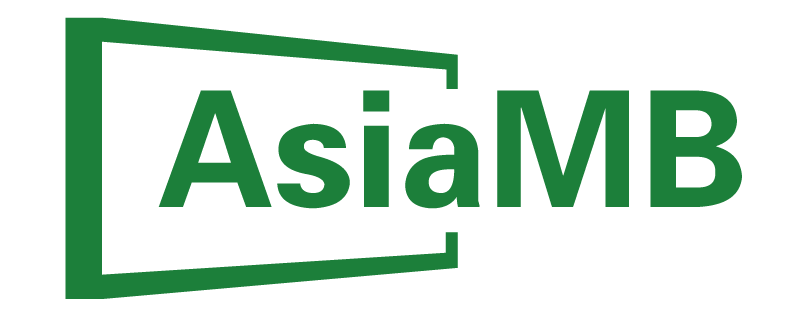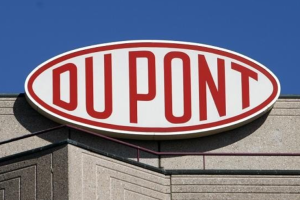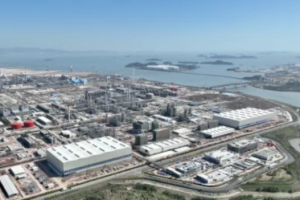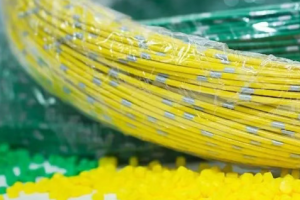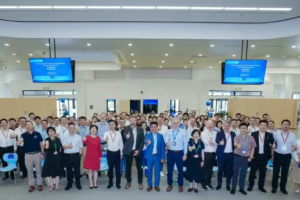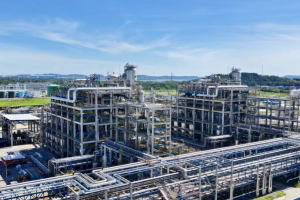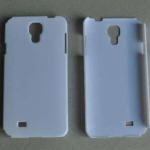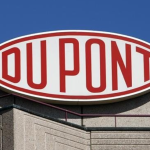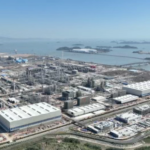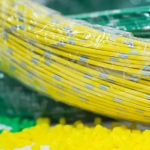May 26, 2025 – POE Emerges as Key Material in China’s Dual-Carbon Drive, But Import Reliance Persists
In the global petrochemical landscape, polyolefin elastomers (POE) are gaining traction as a premium material driven by their unique molecular architecture and superior performance attributes. Under China’s “Dual Carbon” strategy and the automotive industry’s push for lightweighting, POE demand has surged—yet domestic supply remains heavily reliant on imports, creating a critical supply-demand gap. This report dissects POE’s structural advantages, evolving applications, industrial bottlenecks, and future prospects in China’s manufacturing ecosystem.
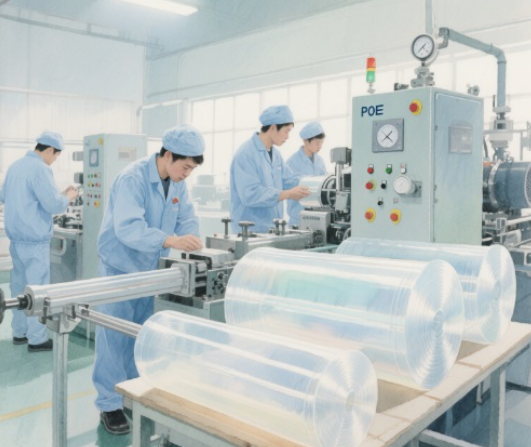
Molecular Innovation for High-Performance Applications
POE, synthesized via metallocene catalysts from ethylene, propylene, and α-olefins, features a “crystalline + amorphous” structure that blends thermoplasticity with rubber-like elasticity. This design grants POE exceptional weather resistance, chemical durability, and water vapor barrier properties, coupled with a narrow molecular weight distribution that enhances impact resistance and processability. For instance, in photovoltaic (PV) modules, POE encapsulants exhibit a 90% lower water vapor transmission rate than traditional EVA films, significantly extending component lifespans.
Downstream Demand Shifts Toward Renewables and Mobility
Recent years have witnessed a seismic shift in POE applications. According to AsiaMB’s industry insights, sectors such as PV encapsulants, automotive components, and wire/cable insulation now dominate demand. The PV sector, in particular, is experiencing explosive growth due to the adoption of bifacial modules and N-type cells, which rely on POE’s superior moisture resistance. Meanwhile, the automotive industry’s shift toward electric vehicles (EVs) and lightweight materials has spurred POE use in body panels, battery casings, and interior trims. By 2025, PV encapsulants are projected to become POE’s largest market, with automotive demand growing at 25% annually.
Domestic Production Hurdles Amid Global Monopoly
Despite rising demand, China’s POE industry faces stark challenges. Global capacity remains concentrated among a handful of multinationals, leaving China entirely dependent on imports. Key barriers include:
- Technology Gaps: Limited R&D in metallocene catalysts, scarce domestic supplies of high-carbon α-olefins, and unproven high-temperature solution polymerization processes.
- Cost Pressures: Import-driven pricing and supply chain vulnerabilities hinder market penetration.
Breakthroughs in Localization Efforts
To disrupt this monopoly, Chinese firms are accelerating POE project pipelines. Several companies have completed pilot-scale trials and aim to launch commercial production by 2026. Notably, advancements in metallocene catalyst synthesis and solution polymerization technology have reduced reliance on foreign IP. As domestic capacity ramps up, POE prices are expected to stabilize, with vertical integration emerging as a cost-control strategy.
A Tipping Point for Self-Sufficiency and Global Competitiveness
The next decade will define POE’s role in China’s industrial transformation. With PV and automotive sectors driving demand, and domestic firms closing technological gaps, POE localization is poised to accelerate. Enterprises with strong R&D capabilities and integrated supply chains are likely to dominate, positioning China as a leader in high-performance polymer innovation.
As AsiaMB tracks this evolution, the POE sector exemplifies how strategic material advancements can bridge China’s transition from a petrochemical powerhouse to a global technology leader.
